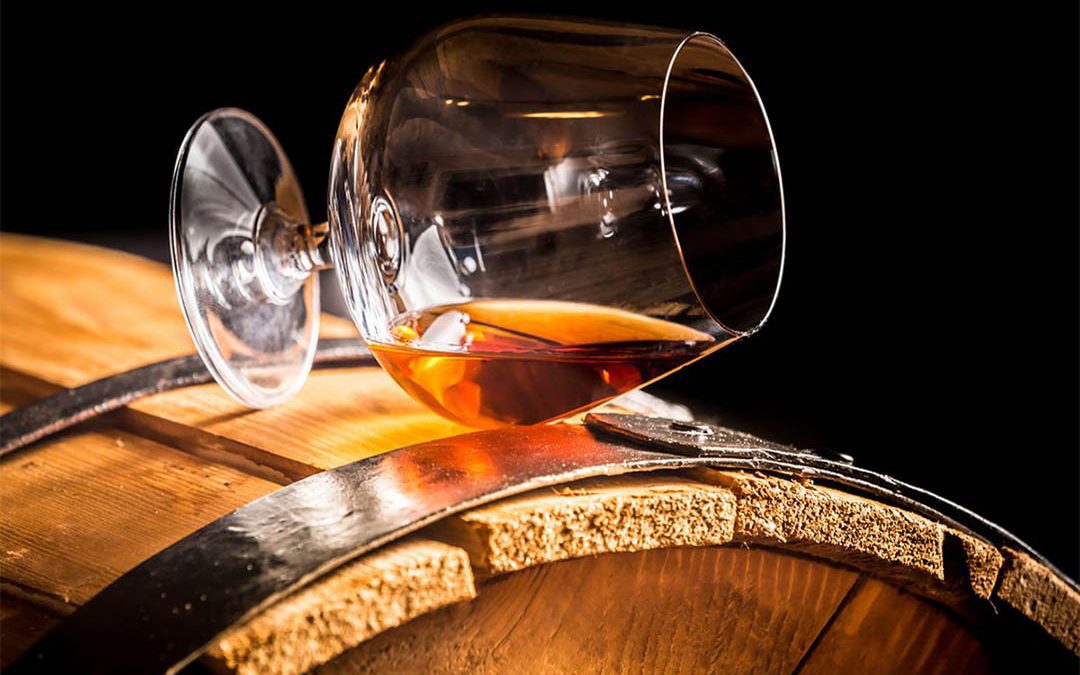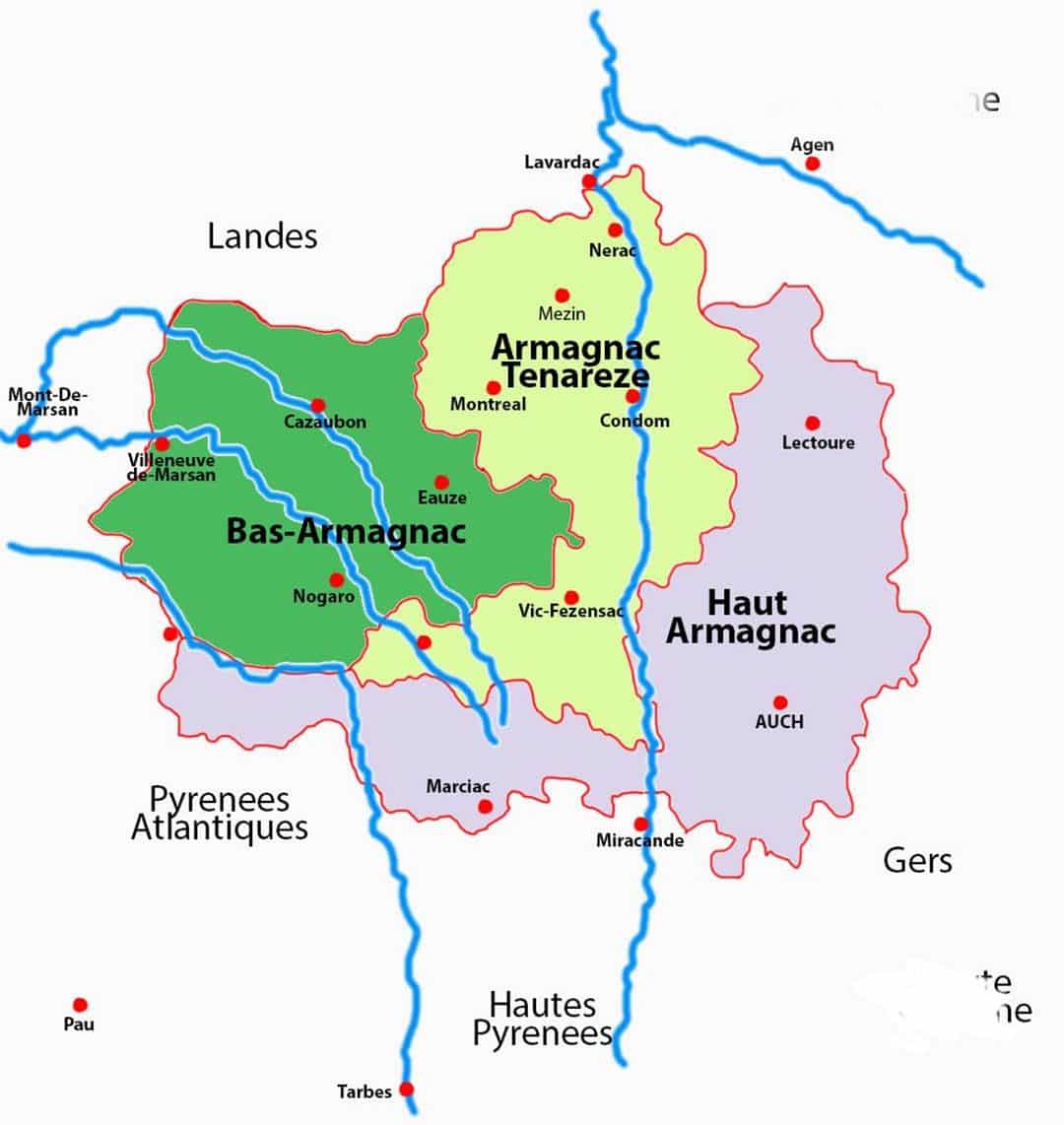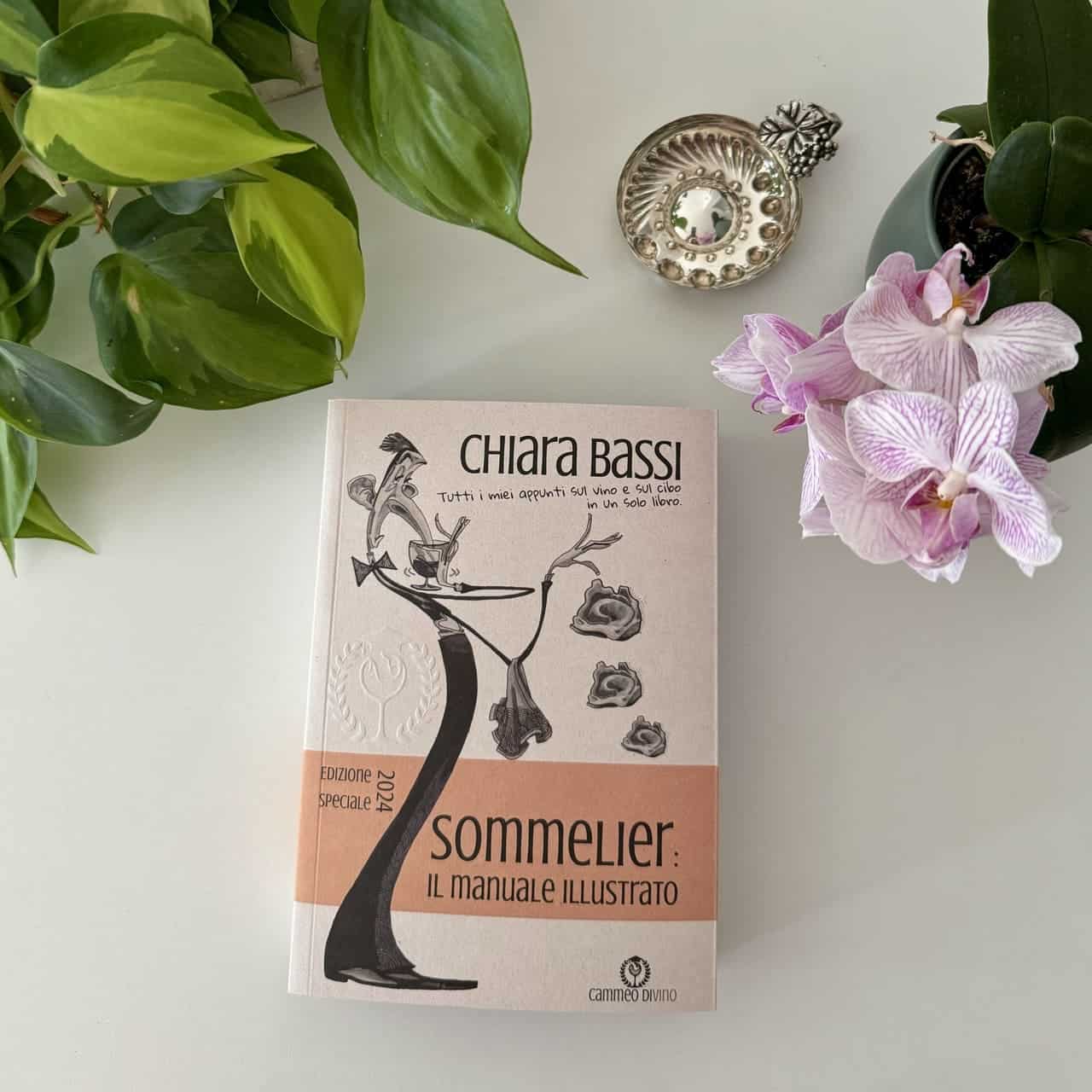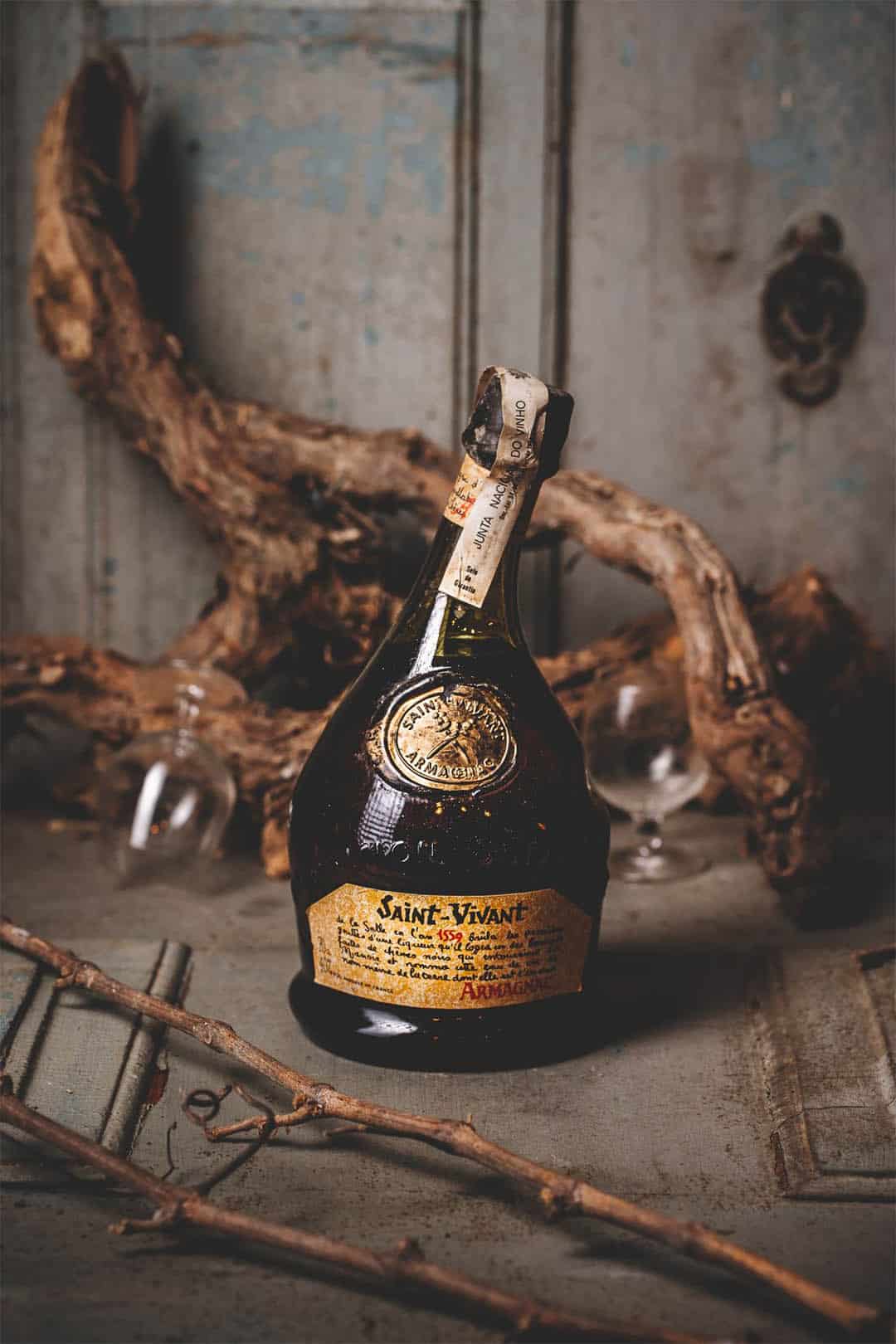L'armagnac is one of the oldest spirits in the world, its production being traced back to 1461. Armagnac is an AOC distillate from Gascony, a territory of about 10,500 ha in the department of Gers. The three production areas are Bas-Armagnac (5,130 ha), Ténarèze (5,200 ha) and Haut-Armagnac (160 ha) identified in relation to the geological composition of the soils, which are full of silicon. The best distillates are those produced in the Bas-Armagnac, with fine and elegant aromas and intended for long ageing.
Production is based on white grape varieties, especially ugni blanc, but the specification also provides for colombard, folle blanche, bacco, meslier, clairette de Gascogne, and mauzac. The ugni blanc is none other than our Trebbiano Toscano, which, despite not lending itself particularly well to mechanical harvesting due to its ampeleographic characteristics, remains the most widely used vine, undoubtedly due to its late ripening, which contains its sugar content, thus avoiding particularly early harvests.
It is obtained by a single continuous distillation with the classic armagnacais still from which a distillate with 58-63% ethyl alcohol gushes out. Sometimes a double distillation is carried out with the traditional charentais step still, in which case a first milky liquid at 28-32% ethyl alcohol and a second distillate at 70% are collected.
The distillate is put into new barrels made of local pink-fibre oak, with a capacity of about 400 litres, which are then racked into older barrels. The ageing cellars are more or less hot and humid. The cellar master reduces the alcohol content to the commercial value of 40%. Every two months, they add small doses of petite eau, a mixture of pure water and young spirits reduced to 20% alcohol.
Armagnac is composed of dozens and dozens of distillates from different areas, years and ageing periods, expertly blended so that each brings its best characteristics to the final product. Age classification follows certain rules, but the maisons age them much longer than the legal minimums. In general, it is advisable to choose a product that has spent between 10 and 30 years in wood.
You can now buy my book dedicated to aspiring sommeliers and winelovers or scroll down the page to continue reading the article!
Book "Sommelier: the Illustrated Manual" Special Edition 2024
All my notes on wine and food in one book.
€ 38,00 VAT included!
In stock (can be backordered)
Haut-Armagnac
Haut-Armagnac is the largest area of the 6,200 square kilometres where Armagnac is produced and is crossed by the river Gers. It has mainly calcareous soil that lends itself well to the cultivation of ugni blanc. Occasionally the soils may have pebbles and silt. The climate is dry with large temperature fluctuations.
Ténarèze
Ténarèze is the 'middle' zone between Haut-Armagnac and Bas-Armagnac. It has both limestone and clay soils with traces of brown sands. The climate is intermediate between the two areas.
Bas-Armagnac
The Bas-Armagnac has clayey-siliceous, acidic soils, with practically no limestone and with 'sands' originating from a fossil oyster. The climate is mild and humid, rather rainy.
Today, the best Armagnacs often include single-varietal products. In this regard, it is worth remembering that historically, indeed traditionally, Armagnac is made from a mixture of grape varieties and this choice therefore has more promotional than qualitative appeal, with a real risk of a flattening of taste.
I hope you enjoyed this short article and found it useful. If you want to learn more about this extraordinary distillate, I recommend you read About Armagnac mentre if you want to study other distillates you can move on to the study of the grappa or of the whisky.
Cheers 🍷
Chiara




